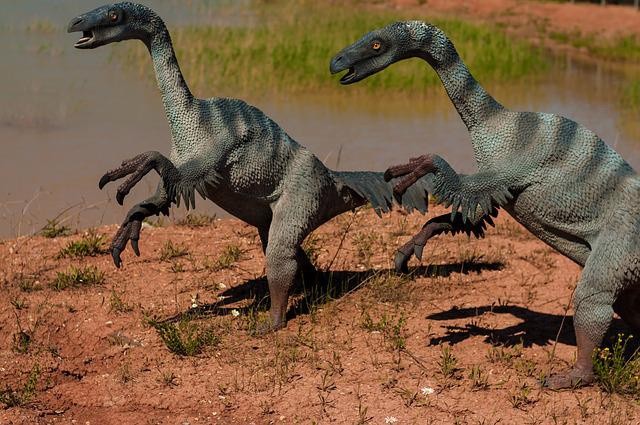
Scientists discovered a bipedal dinosaur armed with massive sword-like claws that lived millions of years ago. The creature lived in the cretaceous period in the Asian continent, where it roamed, using its claws to slash vegetation instead of killing prey.
Fossil Reveals Dinosaur Not Carnivore
It is part of a dino group called therizinosaurs which ate plants and were three-toed from 145 to 66 million years ago, reported Science Alert.
Researchers from Japan and United States stated it is the youngest therizinosaur fossil in Japan. The fossil is the first from Asian marine sediments.
They call it a new species, and its given name is Paralitherizinosaurus japonicus, which means in Greek and Latin 'reptile by the sea' after found in Japan, cited Livescience.
This fossil has a hooked shape and includes a partial vertebra and a partial wrist and forefoot, discovered by another group of researchers in 2008. It was later kept in the collections of Nakagawa Museum of Natural History in Hokkaido, Japan.
In Nakagawa district, Hokkaido is found in the northern part of Japan's main islands and is known for abundant fossil deposits.
The ancient fossil was in a concretion that is a hardened mineral deposit when it was found, and paleontologists said it was a therizinosaur.
Due to scarce fossils, the discoverers had no way to know, according to the Hokkaido University statement.
Other newer fossils of this bipedal dinosaur describe it had made it easier to identify the forefoot claw, which led to a new study. The massive sword-like claws are unique adaptations that make it very different.
The new study's authors went through the evidence and decided the fossil smaller than 4 inches long belongs to the dinosaur discovered, which lived about 80 million to 82 million years ago. The foot bone is where the claw was connected and used like a sickle for cutting plants.
Researchers' New Discoveries
The claw used for a definite purpose is a derived therizinosaur that evolved later, not a basal or early example with claws for generalized, not the specific use.
Lead author Anthony Fiorillo, affiliated with Southern Methodist University (SMU) in Dallas, says the claws are for foraging and bringing food closer to its mouth, not for aggression. He added that when it died, it ended up in the sea.
The study concludes that this menacing herbivore is spread out in Asia and North America, specifically in the Denali National Park and Preserve in Alaska. These dinosaurs adapted to coastal environments.
Scientists found another set of therizinosaur fossils, not described yet for now. Fiorillo told Live Science that the specimen could not determine how big these ancient reptiles were.
The University of California Museum of Paleontology added that the dinosaur is enormous and similar to a hadrosaur in size, which can be 30 feet long and weigh 3 tons. Also, the fossil is preserved well, and more parts could be found at the original site.
Paralitherizinosaurus japonicus, a bipedal dinosaur with massive sword-like claws, is discovered in Japan, opening a new chapter in how scientists will know more about this unique dinosaur.
Related Article : Paleontologists Discover Largest Carnivorous Dinosaur That Existed During the Cretaceous in Europe
© 2026 HNGN, All rights reserved. Do not reproduce without permission.








